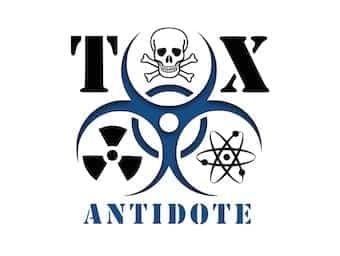
Ethanol
Competitively blocks the formation of toxic metabolites in toxic alcohol ingestion by having a higher affinity for the enzyme Alcohol Dehydrogenase (ADH). Its chief application is in methanol and ethylene glycol ingestion, although it has been used with other toxic alcohols. Ethanol is now regarded as the second choice antidote in those countries with access to the specific ADH blocker, fomepizole.

